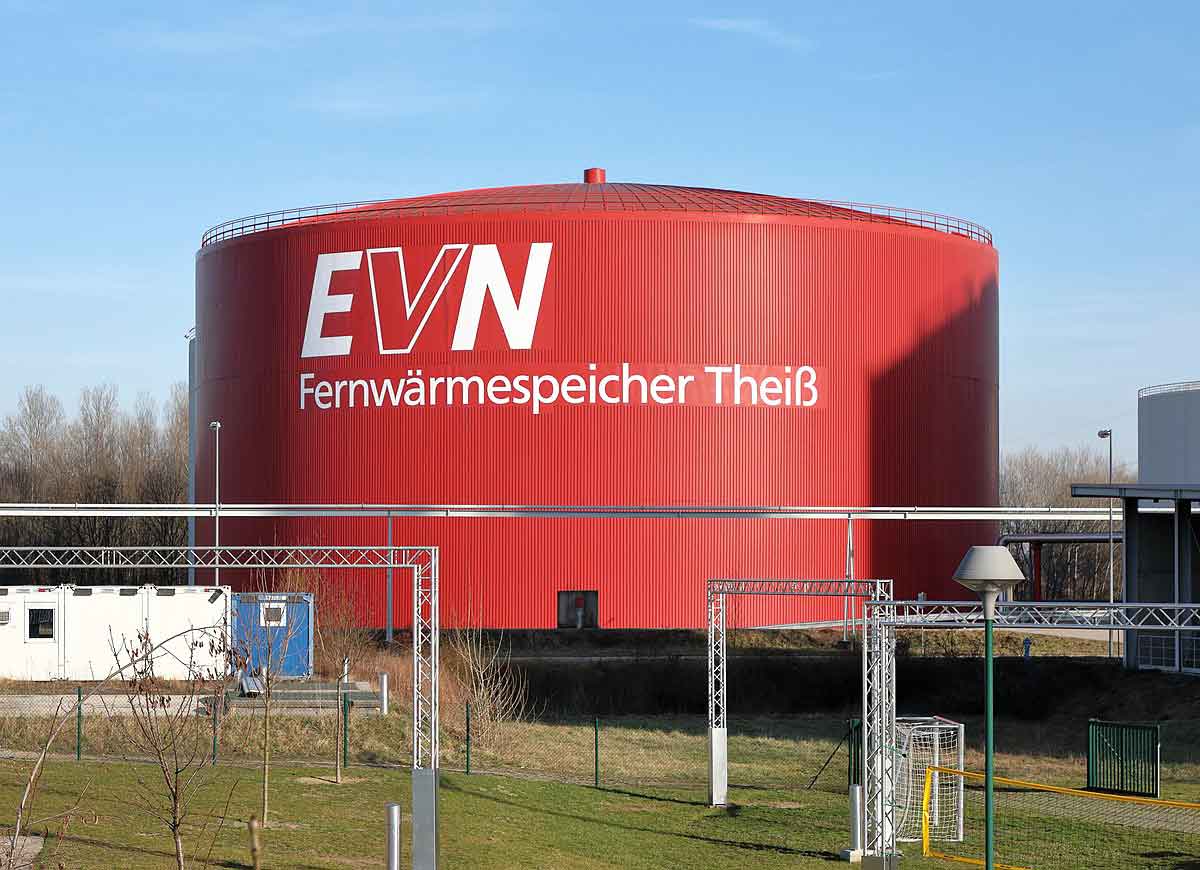The IEA District Heating and Cooling Technology Collaboration Programme was founded as far back as 1983 in order to generate expertise on the efficient operation of heating networks and combined heat and power (CHP) systems and disseminate this internationally. The heating sector currently faces some major challenges. The heating networks need to be developed further and made more flexible so that they can integrate large quantities of renewable energy from different sources and at different temperature levels in the future.
www.nachhaltigwirtschaften.at/en/iea/technologyprogrammes/dhc
The Hybrid Energy Networks project (Annex TS3)1 involves research into new concepts for district heating and cooling networks, such as the incorporation of high-efficiency heat pumps and storage systems. Sector coupling, i.e. linking the electricity, district heating/cooling and gas grids, is a key element in decarbonising the energy system. Energy is transferred with this from one sector to another via various coupling points (combined heat and power, power-to-heat and power-to-gas). This makes it possible to exploit synergies and optimise the entire energy system. Intelligent control and regulation strategies as well as flexible storage system capacities play a key role here. The potentials and challenges of hybrid energy networks are being analysed as part of the IEA project from the perspective of the district heating and cooling system, with tools and methods also being developed and evaluated. Case studies are also being collected while appropriate business models and framework conditions are being developed.
www.nachhaltigwirtschaften.at/en/iea/technologyprogrammes/dhc/iea-dhc-annex-ts3.php
1 Participating countries: Austria (lead), Belgium, Denmark, France, Germany, Sweden, United Kingdom
![]()
SEKOHS Theiß – Powerful hybrid energy storage system
An innovative energy storage approach is combining different storage technologies in a hybrid system. The SEKOHS Theiss project2 aims to develop and demonstrate such a storage system – combining thermal and electrical storage – in the field for the first time. The project combines a large thermal storage system, which is fed by a 5 MW electric heating system and a 5 MW battery storage system with a capacity of 6 MWh. A photovoltaic system connected to the battery storage system will be installed at the location. This system makes it possible to use synergy effects from the provision of ancillary services and the district heating supply. The innovative concept is currently validated by the project partner EVN Wärmekraftwerke GmbH in extensive field tests at the Theiss power plant in Lower Austria. Artificial intelligence methods are used to achieve an optimized system operation. The optimization measures include extended photovoltaic generation forecasts and intelligent storage system monitoring concepts. This project will provide essential insights into the technical, economic and regulatory aspects of hybrid storage systems, enable an evaluation of the concept and identify potential for the transfer to other areas.
www.greenenergylab.at/en/projects/sekohs-theiss
2 Project partners: TU Wien, Energy Economics Group (project management), AIT Austrian Institute of Technology GmbH, EVN AG, EVN Wärmekraftwerke GmbH (demo project management)
The project is being implemented as part of the Green Energy Lab research initiative.
www.greenenergylab.at
